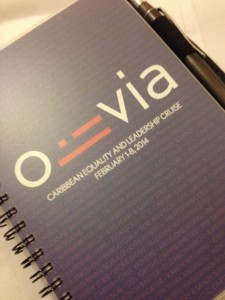How to Use O*NET to Write a Winning Resume
ONET (Occupational Information Network) is a powerful online resource developed by the U.S. Department of Labor that provides comprehensive information about various occupations. Whether you’re crafting your first resume or tailoring it for a specific job, ONET can help you highlight the skills, experiences, and qualifications employers value most. Here’s how to leverage O*NET effectively to write a standout resume.
1. Understand Job Descriptions and Requirements
O*NET provides detailed summaries for thousands of occupations, including job tasks, skills, and qualifications. Use this information to understand the expectations for the role you’re targeting.
How to Use It:
- Search for the job title or a related role in O*NET’s search bar.
- Review the “Tasks” and “Work Activities” sections to identify key responsibilities.
- Highlight these responsibilities in your resume, aligning them with your experience.
Example: If you’re applying for a project management role, look up “Project Manager” and focus on keywords such as “coordinate team activities,” “develop project timelines,” or “manage budgets.”
2. Identify and Showcase Key Skills
O*NET’s “Skills” and “Abilities” sections outline core competencies required for each occupation. These skills are essential for aligning your resume with the job description.
How to Use It:
- Match the skills listed on O*NET with your own experiences.
- Incorporate relevant skills into your resume’s skills section or job experience descriptions.
Example: For a graphic design role, O*NET might emphasize skills like “creativity,” “attention to detail,” and “proficiency with design software.” Ensure these are reflected in your resume.
3. Use Industry-Specific Keywords
Applicant tracking systems (ATS) often screen resumes for specific keywords. O*NET’s language aligns with industry standards, making it an ideal source for identifying relevant terms.
How to Use It:
- Review the “Tools and Technology” and “Knowledge” sections for terms commonly used in your field.
- Integrate these keywords naturally into your resume to pass ATS screening.
Example: If applying for a software development role, include terms like “Java,” “Agile methodologies,” or “debugging” based on O*NET’s suggestions.
4. Tailor Your Resume for Each Job
Employers appreciate resumes customized to their specific job postings. Use O*NET to tailor your resume by emphasizing the qualifications that closely align with the job requirements.
How to Use It:
- Compare the job posting with the corresponding O*NET profile.
- Highlight transferable skills and relevant accomplishments that match the employer’s needs.
5. Quantify Your Achievements
The “Tasks” section on O*NET often includes metrics or outcomes that employers look for in candidates. Use these as inspiration to quantify your achievements.
How to Use It:
- Turn generic statements into measurable accomplishments.
- For example, instead of “Managed a team,” write “Led a team of 10 employees to increase productivity by 20% in six months.”
Conclusion
ONET is an invaluable tool for creating resumes that stand out to employers. By understanding job requirements, identifying essential skills, and tailoring your resume with industry-specific keywords, you can effectively showcase your qualifications and increase your chances of landing your dream job. Whether you’re starting from scratch or refining your resume, ONET provides the insights you need to craft a professional and targeted application.
Resources for Using O*NET
- O*NET Online: https://www.onetonline.org
Explore occupation profiles, skill requirements, and industry trends. - Resume Writing Tips: CareerOneStop
A U.S. Department of Labor site with resume templates and guidance. - Job Search Guides: My Next Move
A user-friendly O*NET tool for career exploration and resume preparation.



